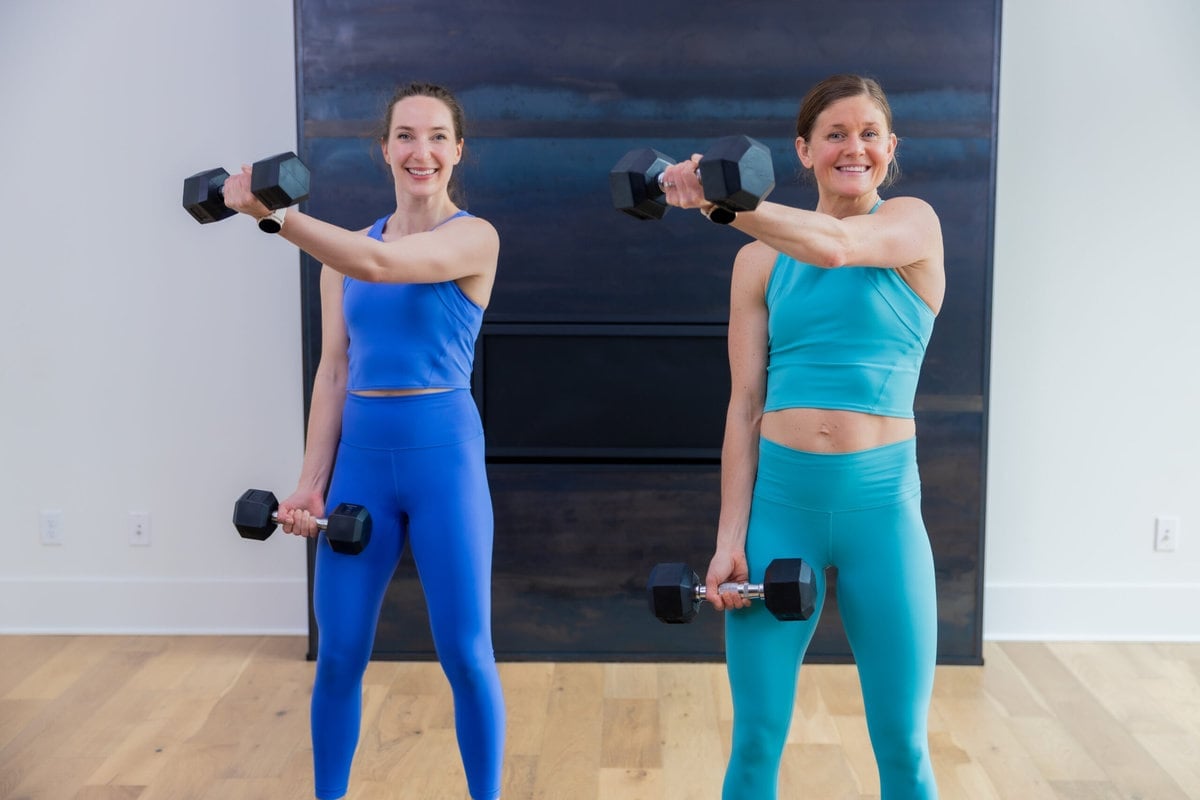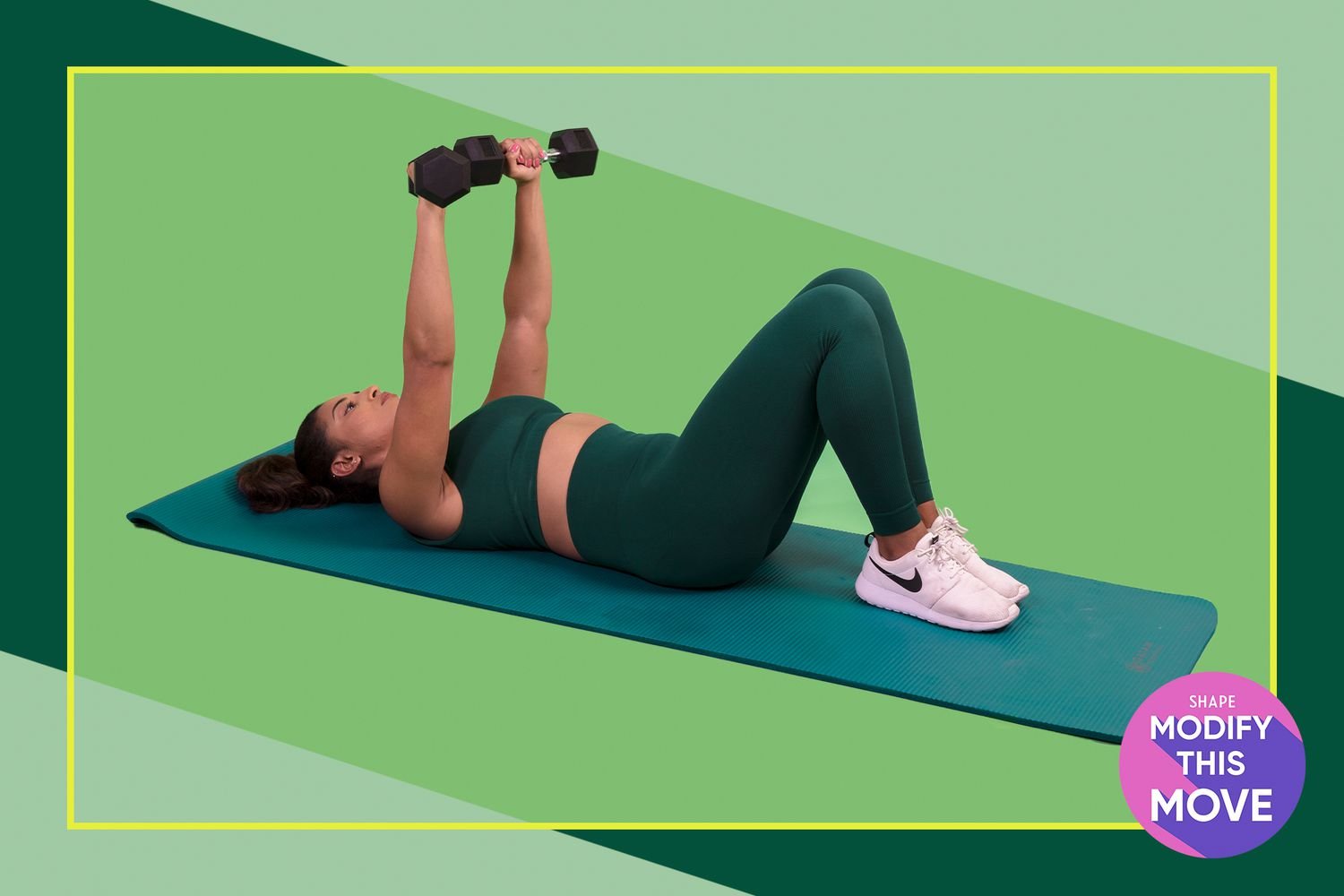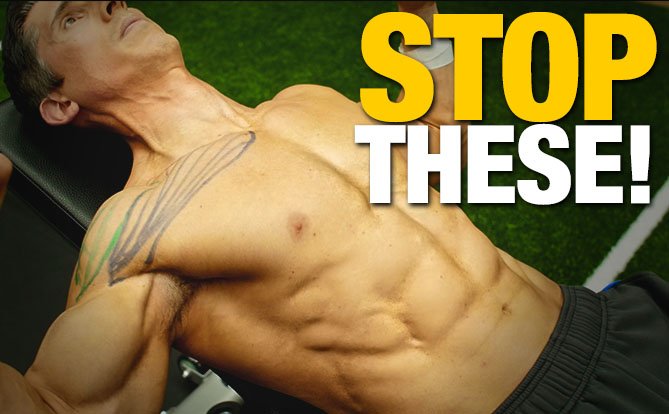The Seated Chest Press is a strength-training exercise targeting the chest muscles. It involves pushing weights away from the chest while seated.
This gym staple mimics the movement of a push-up while you’re comfortably seated, minimizing lower body and back involvement. Utilizing a machine for the Chest Press ensures stable motion, making it ideal for beginners or those with injuries. The controlled environment of the machine helps maintain proper form and isolates the pectoral muscles effectively.
By adjusting the weight, the exercise can be tailored to fit various fitness levels, from those just starting their strength journey to seasoned lifters looking to focus on their chest. Regularly incorporating the Seated Chest Press into a workout routine can lead to improved upper body strength, better posture, and increased muscle mass in the chest area.
The Seated Chest Press Fundamentals
Understanding the seated chest press is key to reaping its benefits. This upper body exercise is a staple in strength training routines. By mimicking the pushing motion of a traditional bench press, it can yield impressive results without the need for a spotter. Let’s dive into the purpose of this exercise and the muscles you’ll be targeting.
Purpose And Muscles Targeted
The main goal of the seated chest press is to build strength and size in your chest. This exercise also targets additional upper body muscles for a comprehensive workout. Here’s a quick look at the primary muscles engaged:
- Pectoralis Major: The large chest muscle contributing most to the press movement.
- Anterior Deltoids: The front shoulders, assisting in pressing actions.
- Triceps Brachii: The back of the arms, extending the elbows during the press.
Proper Machine Setup
To get the most out of the seated chest press, correct machine setup is crucial. Follow these steps to ensure a safe and effective workout:
- Adjust the Seat: Your feet should be flat on the floor, with knees at a 90-degree angle.
- Set the Handles: Position them at chest level when you’re seated.
- Choose the Weight: Start with a lighter load to focus on form before adding more weight.
Remember, keep your back against the pad and push evenly with both arms. By setting up the machine to fit your body, you maximize muscle engagement and reduce injury risk.
:max_bytes(150000):strip_icc()/SHP_MTM_Chest-Press_2x1-361b36393fb94f08be9c69e51dcbf634.jpg)
Credit: www.shape.com
Benefits Of Incorporating Seated Chest Press
Welcome to the ultimate guide on the seated chest press. This exercise offers incredible benefits. It makes your upper body strong. You will also learn how to sit right and use your core. Let us dive into the details of why you should make the seated chest press part of your workout.
Upper Body Strength Improvement
The seated chest press is a powerhouse of an exercise. It targets multiple muscle groups in your upper body.
- Chest: It focuses on your pectorals.
- Arms: Your triceps get a solid workout.
- Shoulders: It includes the front deltoids.
By pushing weights away from your chest, you build muscle. You become stronger over time. This makes daily tasks easier.
Posture And Core Engagement
The seated chest press encourages good sitting posture. You must sit upright to do it right. This strengthens your back muscles.
Your core is essential too. It stabilizes your body as you press. A strong core means better balance and fewer injuries. It’s a win-win for your entire body.
| Muscle Group | Benefit |
|---|---|
| Back Muscles | Improved posture |
| Core Muscles | Better stability and balance |
Executing The Perfect Seated Chest Press
Executing the perfect Seated Chest Press is all about mastering form and technique. With the right approach, you can maximize muscle engagement and ensure a safe, effective workout. Let’s dive into the essential steps to achieve the perfect press.
Stance And Grip
To start, position yourself firmly on the chest press machine. A strong base is key for the movement. Follow these points for the correct stance and grip:
- Feet flat on the ground.
- Hips against the seat back.
- Adjust seat height so handles align with chest.
- Grip handles shoulder-width apart.
- Keep wrists straight to avoid strain.
Movement And Breathing Technique
Movement is smooth and controlled from start to finish. Breathing is just as important. Follow the guide below:
- Exhale and push the handles away.
- Extend arms fully, avoid locking elbows.
- Inhale and return to the starting position.
- Keep movements slow and controlled.
Remember to focus on the chest muscles as you press. Imagine squeezing the chest at the peak of the movement. This mental focus helps target the right muscle group.
:max_bytes(150000):strip_icc()/3498292-GettyImages-1201544432-c0f8195580a64fed94c42a852fe87547.jpg)
Credit: www.verywellfit.com
Variations And Progressions
Exploring different seated chest press variations can keep your workouts exciting and challenging. Progressions allow you to continuously improve your strength and muscle development. By adjusting weights, altering repetitions, or using alternative machines, you can tailor your chest press routine to suit your fitness goals.
Adjusting Weights And Repetitions
Adjusting the weight you lift can drastically change your workout. More weight typically means more muscle gain, but only if done safely. Remember to start light if you’re new and increase the weight as you grow stronger. Changing repetition numbers can also affect your workout differently; fewer reps with higher weight can increase strength, while more reps with lighter weights can improve endurance. Listen to your body and adjust accordingly.
Alternative Seated Chest Press Machines
Not all chest press machines are the same. Each machine offers unique benefits. For example, some replicate free weight movements, while others can target muscles from various angles with different grip positions. Lets look at two options:
- Converging Chest Press: This mimics a natural forward pressing movement and can yield deep muscle engagement.
- Vertical Chest Press: It focuses on the upward pressing motion, diversifying your training and hitting the chest muscles from new angles.
Feel free to experiment with these machines to find what works best for you. They can provide additional challenge and support for your chest workouts.
Common Mistakes To Avoid
When mastering the Seated Chest Press, dodging common errors helps maximize gains. Avoid these missteps to stay safe and effective in your workout.
Incorrect Seat Adjustment
Setting the seat correctly is vital for targeting chest muscles. Here’s what you need to look out for:
- Align the handles with the middle of your chest, not too high or low.
- Ensure back support. Your back should rest comfortably against the seat.
- Check feet placement. Feet should be flat on the ground for stability.
Rapid Movements And Momentum
Slow, controlled movements are key. Avoid these errors:
- Resist the urge to rush through reps. Maintain a steady pace.
- Control the motion on the way down as much as on the way up.
- Avoid using momentum. Don’t swing or bounce to lift the weight.
Integrating Seated Chest Press Into Your Workout Routine
Integrating the Seated Chest Press into your workout routine is a smart move for building strength. This exercise targets your chest, shoulders, and triceps. It’s perfect for anyone looking to improve their push movement skills. Let’s dive into how you can effectively incorporate the Seated Chest Press into your fitness regimen for a stronger upper body.
Creating A Balanced Upper Body Workout
The key to a balanced upper body workout is to include a variety of exercises. Pairing Seated Chest Press with exercises that work opposing muscles is essential. This approach promotes muscle balance and reduces the risk of injury. Here’s a simple table to balance your workout:
| Push Exercise | Pull Exercise |
|---|---|
| Seated Chest Press | Bent-over Rows |
| Shoulder Press | Lat Pulldowns |
Include these exercises in your routine to work all angles of your upper body evenly.
Frequency And Recovery
To get the best results, include the Seated Chest Press in your routine twice a week. Give your muscles time to recover. Rest is crucial for growth. Follow these points:
- Perform Seated Chest Press 2 times weekly.
- Allow at least 48 hours of rest between sessions.
- Eat protein-rich foods to aid recovery.
- Stay hydrated and sleep well for optimal muscle repair.

Credit: www.nourishmovelove.com
Frequently Asked Questions Of Seated Chest Press
Is Seated Chest Press Effective?
Yes, the seated chest press is effective for building chest, shoulder, and tricep muscles when included in a strength training routine.
How To Do A Proper Seated Chest Press?
Sit upright with back flat against the seat pad. Grasp the handles at chest level. Push the handles forward until arms are extended. Keep a slight bend in elbows. Slowly return to starting position, controlling the weight. Repeat for desired reps.
Can Seated Chest Press Replace Bench Press?
The seated chest press can serve as an alternative to the bench press, targeting similar chest muscles but involving less stabilization from other muscle groups.
What Is A Good Seated Chest Press Weight?
A good seated chest press weight varies per individual, typically 50-70% of your body weight for beginners and up to 100% for experienced lifters. Start light and gradually increase to maintain form and safety.
Conclusion
Mastering the seated chest press boosts upper body strength and enhances muscle tone. It’s clear why this exercise is a gym staple for beginners and pros alike. Consistent practice can lead to impressive gains and improved posture. Remember, correct form trumps heavier weights for health and progress.
Start pressing towards your fitness goals today!


